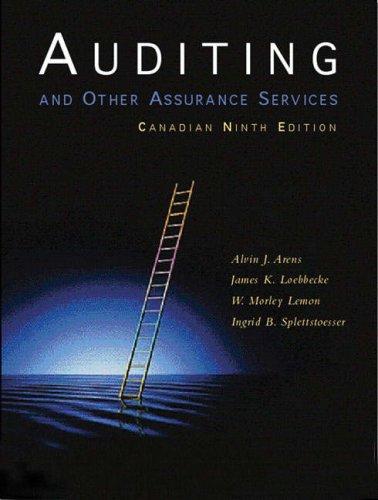Question
4. Determine whether each of the ollowing independent statements best applies to a defined contribution plan (DCP), a defined benefit plan (DBP), both (B), or
4. Determine whether each of the ollowing independent statements best applies to a defined contribution plan (DCP), a defined benefit plan (DBP), both (B), or neither (N):
a. The amount to be received at retirement depends on actuarial calculations.
b. Foreitures can be allocated to the remaining participants' accounts.
c. Requires greater reporting requirements and mmore actuarial and administrative costs.
d. Forfeitures ca revert to the employer.
e. More favorable to employees who are older at the time the plan is adopted.
f. Eployee forfeitures can be used to reduce future contrbtions by the employer.
g. May exclude employees who begin employment within five years of normal retrement age.
h. Annual addition to each employee's account may not exceed the smaller of $51,000 or 100% of the emploee's salary.
i. The final benefit to a participant depends upon investment performance.
j. To avoid penalties, the amount of annual contributions must meet minimum funding requirements.
6. What is the maximum annual contribution that can be made to a defined contribution plan?
Step by Step Solution
There are 3 Steps involved in it
Step: 1

Get Instant Access to Expert-Tailored Solutions
See step-by-step solutions with expert insights and AI powered tools for academic success
Step: 2

Step: 3

Ace Your Homework with AI
Get the answers you need in no time with our AI-driven, step-by-step assistance
Get Started


